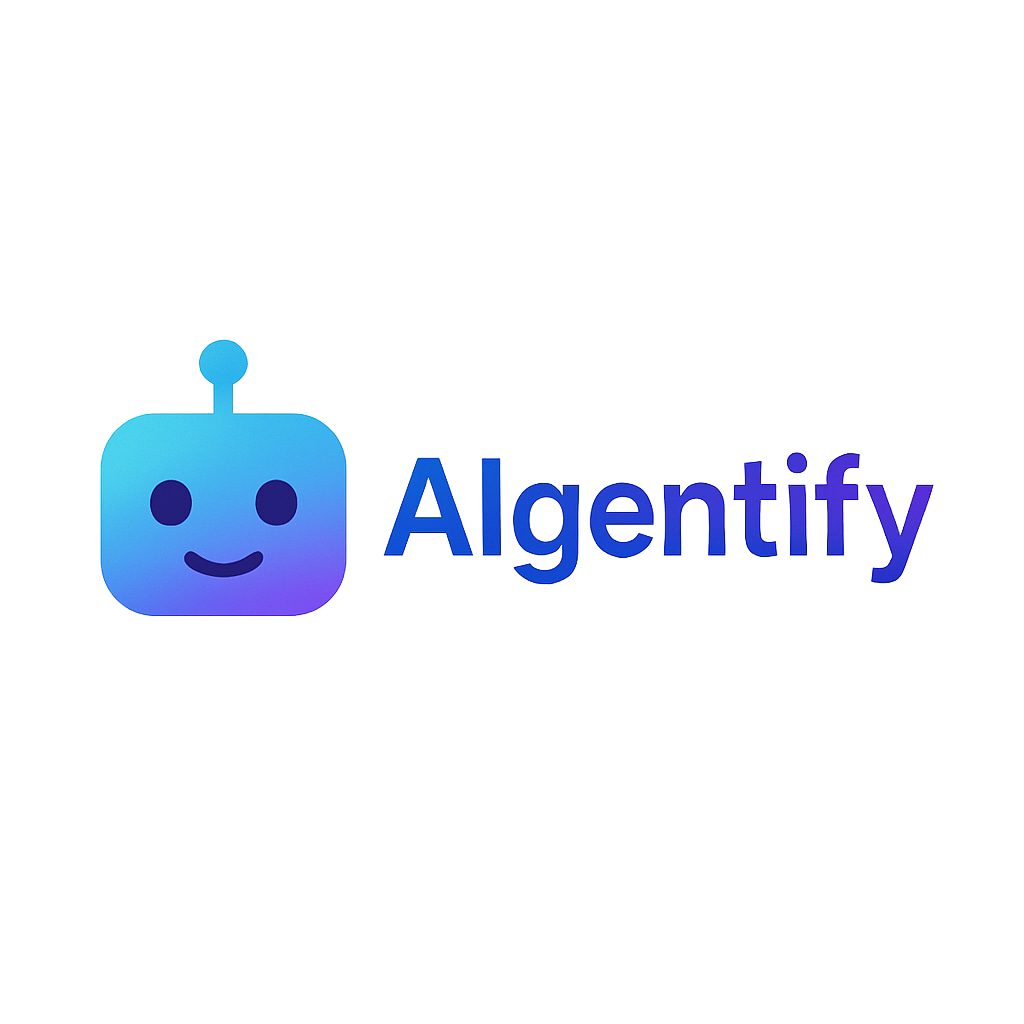Integrating AI Agents into Your Existing Workflows: Best Practices and Pitfalls
2023-12-05
Integrating AI Agents into Your Existing Workflows: Best Practices and Pitfalls
Implementing AI agents into your business operations can dramatically improve efficiency, reduce costs, and enhance decision-making. However, successful integration requires careful planning and execution. This guide explores best practices for seamlessly incorporating AI agents into your existing workflows while avoiding common pitfalls.
Best Practices for AI Integration
1. Define Clear Objectives
Before diving into AI integration, establish specific, measurable goals. Vague objectives like "improve efficiency" won't suffice. Instead, aim for targets such as "reduce customer service response time by 25%" or "automate 80% of invoice processing tasks." Clear objectives provide direction and benchmarks for success.
2. Start with a Pilot Program
Implementing AI across your entire organization at once can be overwhelming. Begin with a pilot program focusing on a single department or process. This approach allows you to assess the AI agent's performance, gather feedback, and make necessary adjustments before a full-scale rollout.
3. Ensure Data Quality and Accessibility
AI agents rely heavily on data. Ensure your data is clean, well-structured, and accessible. Poor data quality can lead to inaccurate outputs and diminished trust in AI solutions.
4. Foster Cross-Functional Collaboration
Successful AI integration requires collaboration between IT, operations, and end-users. Encourage open communication to identify pain points, gather insights, and ensure the AI solution aligns with user needs. This collaborative approach enhances adoption and effectiveness.
5. Monitor and Iterate
Post-deployment, continuously monitor the AI agent's performance. Collect user feedback, track key performance indicators, and be prepared to make iterative improvements. AI integration is an ongoing process, and adaptability is key to long-term success.
Common Pitfalls to Avoid
1. Overlooking Change Management
Introducing AI can disrupt existing workflows and may face resistance from employees. Implement a change management strategy that includes training, clear communication, and support to ease the transition.
2. Ignoring Security and Compliance
AI agents often handle sensitive data. Ensure compliance with data protection regulations and implement robust security measures to protect against breaches.
3. Underestimating Integration Complexity
Integrating AI with legacy systems can be complex. Conduct a thorough assessment of your existing infrastructure and plan for potential challenges in compatibility and scalability.
Case Study: Successful AI Integration
A mid-sized financial services company implemented an AI agent to automate their loan approval process. By following these best practices, they achieved remarkable results:
- Clear Objectives: They aimed to reduce loan processing time by 40% and improve accuracy by 25%.
- Pilot Approach: They started with a single loan product in one branch before expanding.
- Data Preparation: They spent three months cleaning and structuring their historical loan data.
- Cross-Functional Team: They formed a team with representatives from IT, loan officers, and compliance.
- Continuous Improvement: They established monthly review meetings to assess performance and make adjustments.
The result? Loan processing time decreased by 60%, accuracy improved by 35%, and customer satisfaction scores increased significantly.
Implementation Roadmap
Follow this step-by-step approach to integrate AI agents into your workflows:
- Assessment: Identify processes that would benefit most from AI automation.
- Goal Setting: Establish clear, measurable objectives for the integration.
- Team Formation: Create a cross-functional team to oversee the implementation.
- Data Preparation: Clean and structure relevant data for AI training.
- Vendor Selection: Choose the right AI solution provider or develop custom agents.
- Pilot Implementation: Deploy the AI agent in a limited scope.
- Evaluation: Assess performance against established metrics.
- Refinement: Make necessary adjustments based on feedback and results.
- Scaling: Gradually expand the implementation across the organization.
- Ongoing Monitoring: Continuously track performance and make improvements.
Conclusion
Integrating AI agents into your workflows offers significant benefits, from increased efficiency to enhanced decision-making. By setting clear objectives, starting small, ensuring data quality, fostering collaboration, and being mindful of common pitfalls, you can navigate the integration process successfully and unlock the full potential of AI in your organization.
Ready to transform your business with AI? Contact us today to explore customized AI solutions tailored to your needs.
